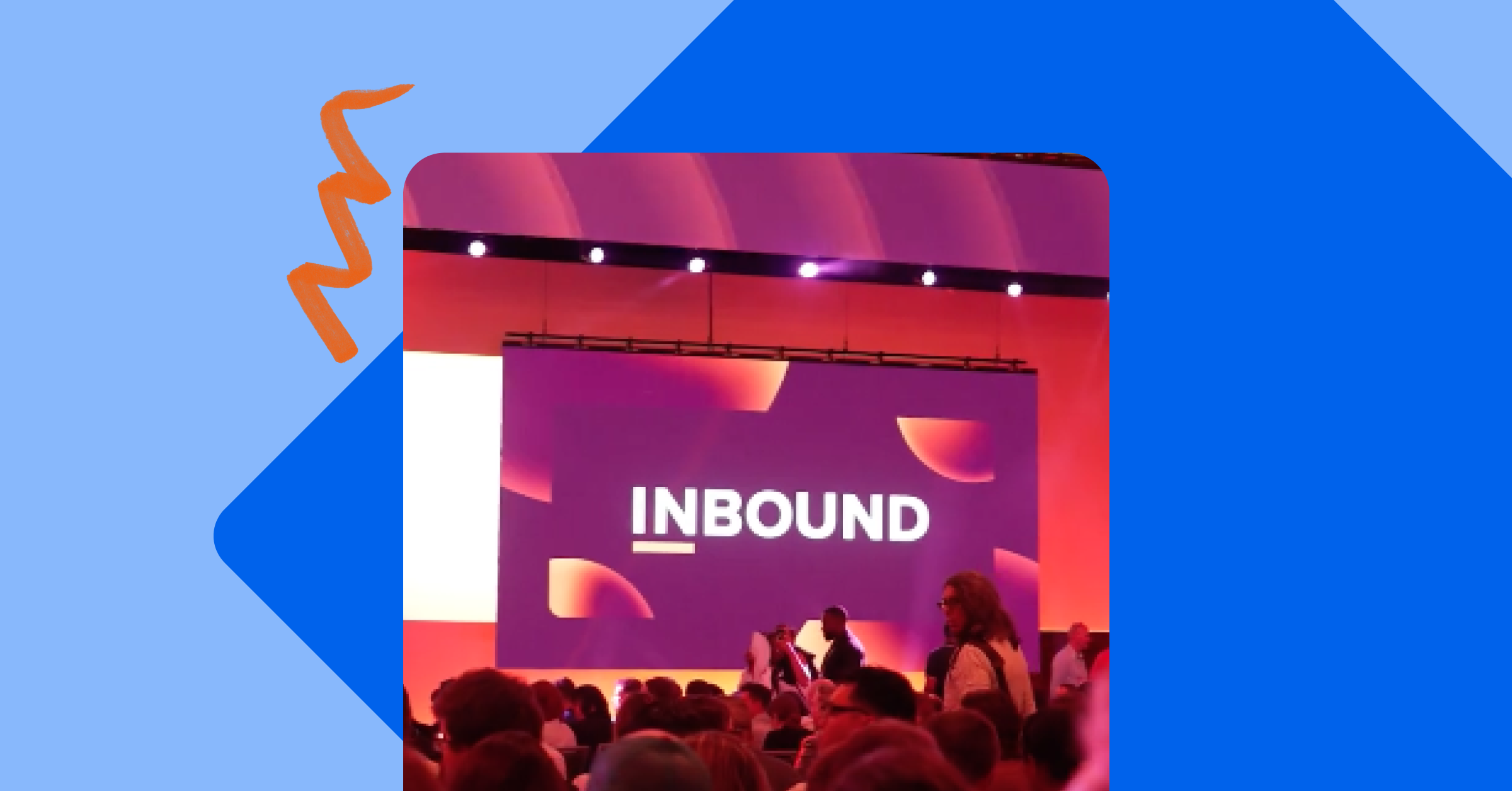Why You Should Rethink Your Email Communications-Flow Strategy (and 3 Steps on How to Do It)

January 27, 2016

Remember that time at Christmas a couple of years ago when you met your brother’s new girlfriend for the first time? Can you recall the series of uncomfortable texts and voicemails about “getting together for coffee” or “grabbing a drink” that followed?
It was nothing personal, but a night out with the brother’s new boo-of-three-months was, quite frankly, “too soon.”
One of the biggest challenges enrollment managers face is the temptation to bulldoze every new lead that swims in via a blog post — or merely opens an event marketing email promotion — with bottom-of-the-funnel content (think: emails that invite prospects to Apply Now!, Apply Now!, and Apply Now!).
The reality is that, much of the time, these new prospects aren’t ready to fill out an application and cut you a check — but that doesn’t mean they aren’t interested in hearing from you.
Today’s prospective students need to be nurtured with content that is relevant, highly educational, and, most importantly, meets their specific needs wherever they’re at in the applicant’s journey.
The advent of the internet has drastically changed the way we communicate with one another and as such, enrollment managers must change how they engage with and nurture prospective students.
Here is a three-step strategy to rethinking and revitalizing your school’s email comm-flow:
1. Meet their expectations with appropriate top-of-the-funnel content
One of the most revolutionary ideas surrounding inbound marketing for higher ed is that a prospective student actually gets to decide how "in their face" they want your school to be — and believe it or not, asking an inquiry for permission before overwhelming them with emails, postcards, and promos can often be a more lucrative approach.
While it is quite thrilling to see your blog, social media, and SEO strategies attracting new leads for your school, it’s important to follow permission-based marketing best practices and authentically meet the expectations these new inquires have of your new relationship with them.
Here’s an example: After someone subscribes to your admissions blog, send them an automated thank you email and invite them to share your blog with the people in their network.
If they don’t open or click through the email, that’s fine — they’ll hear from you when you publish your next blog post.
If they do click through the email and wind up sharing your content with their friends and family, you should send them another email thanking them and inviting them to progress further down the enrollment funnel.
2. Learn about each prospect's needs/interests and then leverage your content accordingly
Having a variety of content that meets the research needs of different prospects is critical. There is no one-size-fits-all when it comes to students applying to any institution, and it’s important to implement strategies that reflect this understanding.
It is not enough to just have a student success story or for your enrollment office to be active on social media. Schools need to also have videos, reports, downloadable guides, and especially blog posts that speak directly to the information needs of each prospective student persona.
Depending on what links they click on or what blog posts they wind up reading, your prospects are letting you know what specifically they are interested in, where they may be at in the applicant journey, and how they wish to be communicated with in the future.
With the right technologies in place, your enrollment team can take note of how each prospect is responding to your content materials. Then you can cater your email marketing communications to highlight the aspects of your schools or programs that appeal most to each individual.
Here’s an example: You notice that one of your prospects, Sarah Smith, has read many of the blog posts you publish about Interior Design, going to grad school at a small school, and has even downloaded a guide on “7 Things to Consider Before Choosing an Interior Design Program.” This knowledge enables you to go deeper with Sarah and continue to nurture her with content focused solely on what she is most interested in.
3. Invite them to explore their passions and foster their growth alongside you
At the end of the day, it really is about increasing enrollment — and it’s important that your marketing strategy not belittle that. One of the beauties of inbound marketing is that when it comes time to “pop the question” and invite someone like Sarah to apply to one of your programs, you truly can make it personal.
Because you know what blog posts Sarah has read, what emails she clicks through on, and what pieces of premium content she tends to consume, you get to know what means most to her. By better understanding what it is that Sarah values most, you can better tailor your invitation to apply to her.
Here’s an example: After nurturing her with a slew of content, invite Sarah to come explore her passion for interior design in a small community of fellow aspiring designers. Discuss the advantages of attending an information session to come and see how your institution can help mold her into the professional interior designer she seeks to become.
Now if and when things start to get serious, you’re going to have to go grab a drink with your brother’s girlfriend — but at that point it makes more sense, right? Now that you’ve heard more about her, seen her at some more family events, and are more convinced that she might be “the one” for him, you’re ready to spend some quality one-on-one time with her.
Your communications strategy must feed prospects with bottom-of-the-funnel content, but it is dramatically important that it not only consist of this kind of content. Get to know your prospects by watching how they interact with the content you are publishing so you can be better prepared when the time to pop the application question comes.
Wondering what kind of content to create at each stage of your comm-flow? Download the Applicant’s Journey Worksheet for some tips!
.jpg) EBOOK
EBOOK
See how schools are using HubSpot for their enrollment marketing
Service Categories: Enrollment Marketing, Inbound Marketing, Email Marketing









.png)